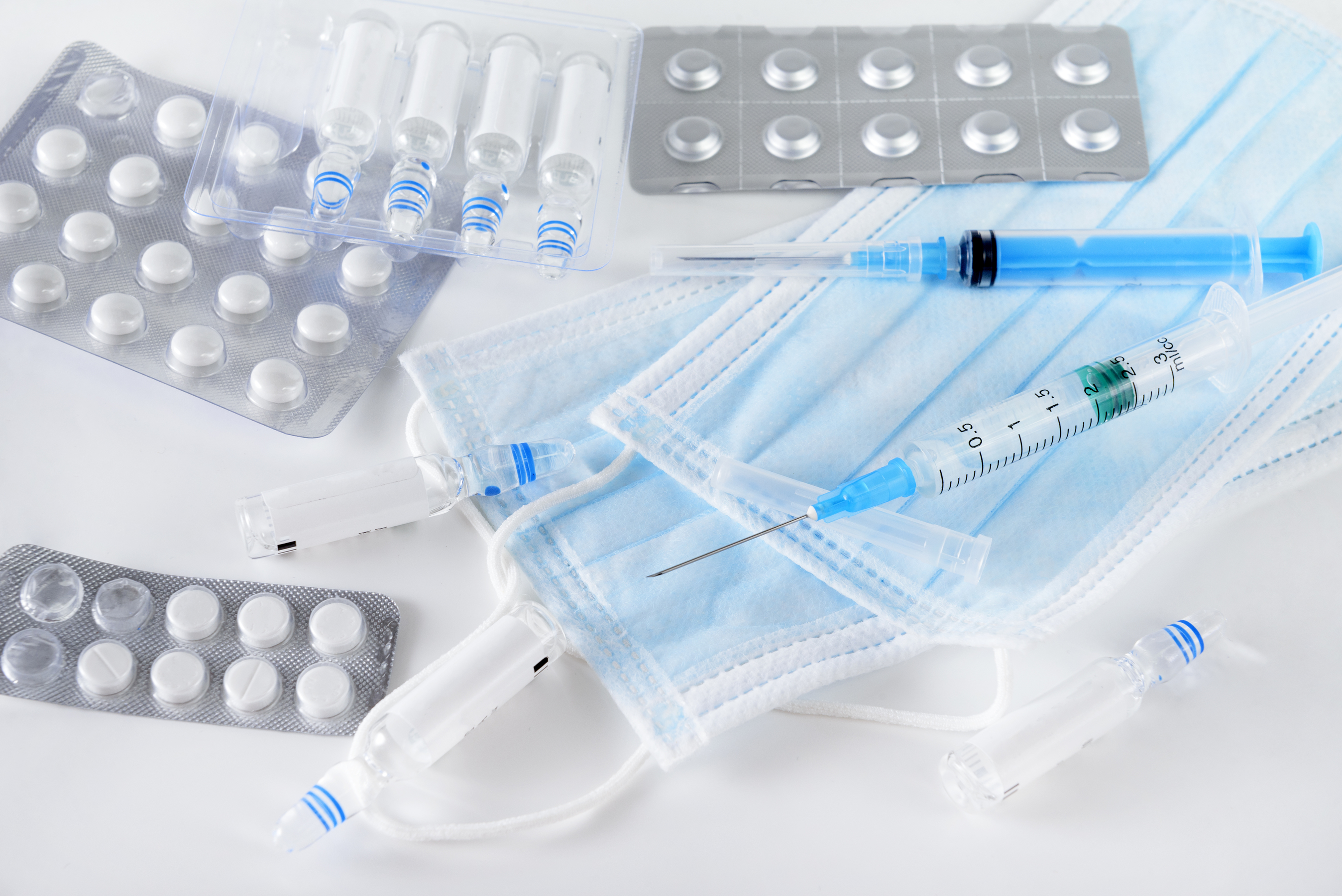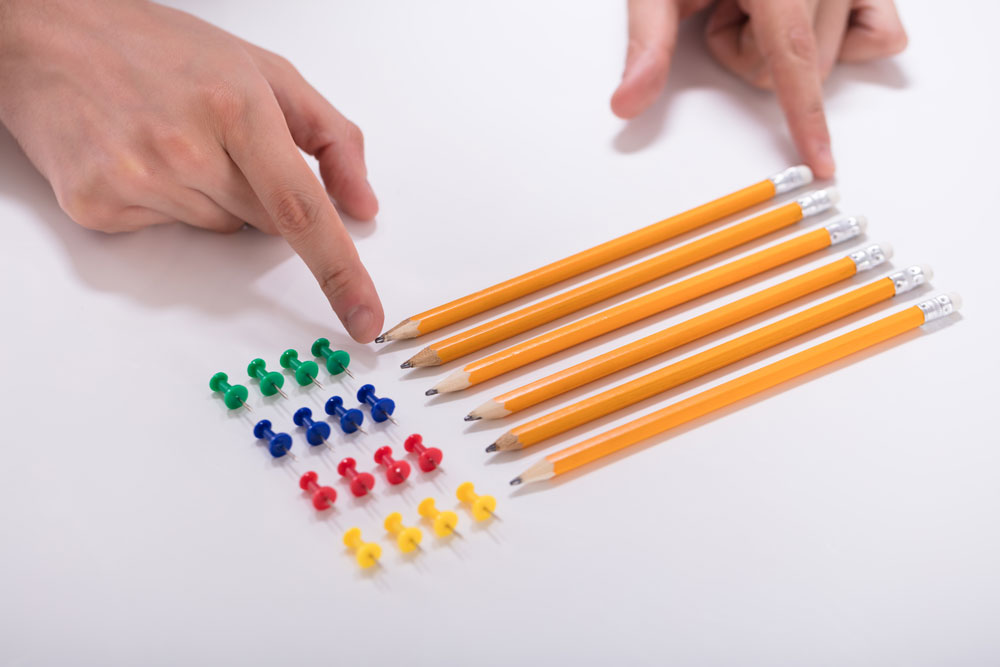All healthcare operations must have secure routines to minimize the operation's environmental impact.
This article is translated with AI and is based on Swedish conditions. Hopefully, it can inspire interested parties from other countries.
Pharmaceutical use affects the environment. As a consumer, there is currently no opportunity to choose the most environmentally friendly medicine. Residues of antibiotics, hormones, and antidepressant drugs are found in nature. Ensure that leftover medicines and needles are returned to the pharmacy or disposed of correctly.
 Foto - Mostphotos
Foto - MostphotosHazardous Waste
Needles and sampling sticks are hazardous waste and should be handled in a special manner to avoid anyone getting hurt. Likewise, leftover medications should be returned to the pharmacy or handled as hazardous waste.
Some medications have environmental impacts when they are excreted from the body. For many, they are nonetheless a necessary part of treatment, but there are reasons to consider what one can do to help as an alternative to medication. Many do not think about returning hormone patches to the pharmacy instead of throwing them in regular trash. In addition to the impact on animals and nature, humans can also inadvertently ingest medication residues, for example, through drinking water, a not entirely pleasant knowledge. Used pain patches must also be returned to the pharmacy as these contain opioids that can be abused if they fall into the wrong hands.
There is an ongoing discussion about the environmental impact of drugs. There are no environmentally labeled drugs. Environmental emissions can vary between different factories that manufacture the same drug. Residues of antibiotics, hormones, and antidepressants are found in nature. As consumers or prescribers, it is not currently possible to influence the choice of medication to that which has the least environmental impact. It is also not possible to choose the drugs that have the least environmental impact when purchasing from a pharmacy.
What one can do is to ask the doctor to prescribe a trial package as the first prescription, to see whether the medication works. It is also possible to avoid collecting large doses of medication in advance. It is enough to have the drugs needed for the coming month. Likewise, ensure that medications, syringe tips, and other hazardous waste are handled as hazardous waste.
An elderly care home can work to protect the environment in several different ways. Here are some examples:
- Energy usage: Install energy-efficient lighting and appliances, and use smart energy controls to reduce unnecessary energy wastage. Educate staff and residents about turning off lights and electronic devices when not in use.
- Waste management: Implement a clear recycling policy and ensure there are sufficient separated waste bins for different types of materials. Educate staff and residents about proper waste management and recycling.
- Food and diet: Implement a "green" menu that includes organically grown products and vegetarian options. Reduce food waste by properly planning meals and donating leftovers to charities or taking care of them safely for later use.
- Green spaces: Create green and well-being spaces for residents to enjoy, like gardens and green roofs. Use natural methods for weed and pest control and avoid the use of chemicals.
- Education and awareness: Educate staff and residents about the importance of protecting the environment and sustainability. Arrange workshops, lectures, and outings with a focus on the environment and sustainability.
- Collaborate with others: Participate in local environmental initiatives, collaborate with environmental organizations, and other elderly care homes that also work for environmental issues. Exchange experiences and best practices to collectively contribute to a better environment.
Pain Patches for the Elderly
Remember that pain patches also contain drug residues and should be handled as pharmaceutical waste. There may also be residual products in pain patches that can be abused.
By implementing these and similar measures, an elderly care home can contribute to reducing its environmental impact while promoting a sustainable future.
Read MoreMiljöarbete på äldreboende
Reflection Questions - Hazardous Waste
Care staff:
- Do you have access to containers for handling hazardous waste, such as insulin tips, in your unit?
- What do you do if you drop medication on the floor?
Manager, Nurse, Occupational Therapist, and Physiotherapist:
- Do you have secure routines for sending back discarded medications?
- Do you measure how much medication you discard?
- Do you follow up on the wastage and think about how it can be reduced?
Resident and Relative:
- Does the unit seem to have a good environmental thinking?
- Is recycling available for what the residents throw away?
Erland Olsson
Specialist Nurse
Sofrosyne - Better Care Every Day

Aktuellt i media
-
2025-12-18 04:00
16 Sjukdom och död
Survivor conversations - an important element in working with next of kin
info Bild från Summer Stock
Bild från Summer Stock - 2025-12-15 04:00 17 Psykisk hälsa
- 2025-12-11 04:00 07 Riskhantering
- 2025-12-08 04:00 06 Dokumentation
- 2025-12-03 04:00 06 Dokumentation
- 2025-12-01 04:00 02 Värdegrund






